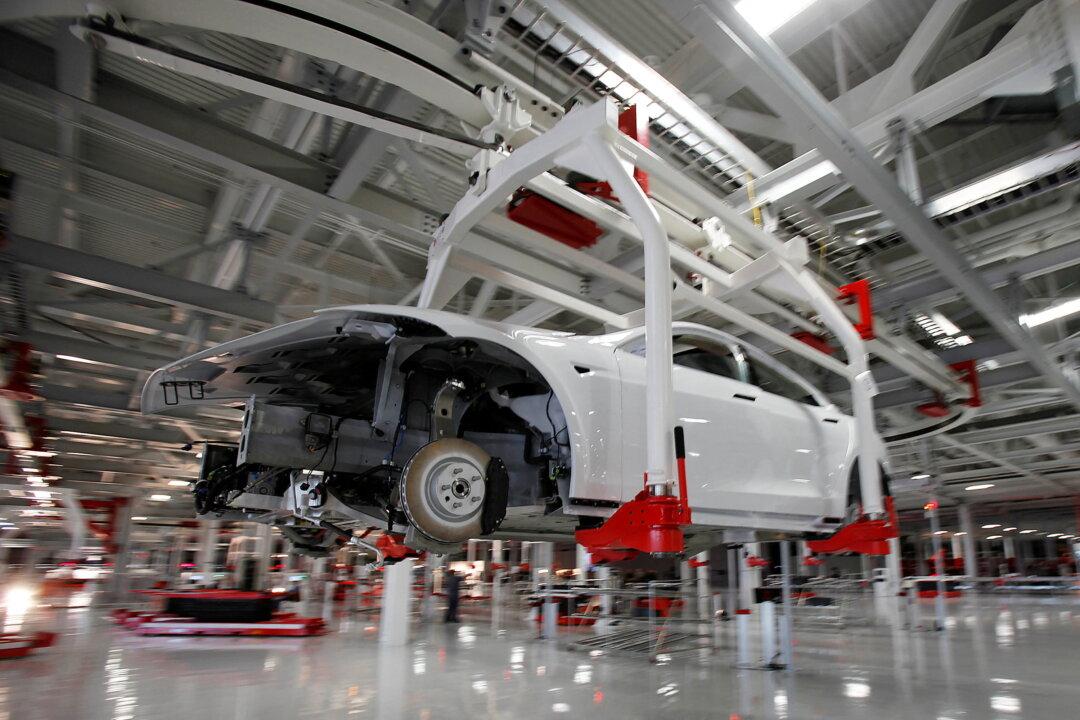A regional index of manufacturing activity in the fifth district showed a decline for the second straight month, according to a recent report by the Federal Reserve Bank of Richmond, indicating economic recession in the overall economy.
“The composite manufacturing index remained negative but edged up from -10 in October to -9 in November,” said the Richmond Manufacturing Index (pdf) published on Nov. 22. “Of its three component indexes, the indexes for shipments and employment deteriorated slightly, edging downward to -8 and -1, respectively. The third component index, volume of new orders, however, showed some improvement, increasing from -22 to -14 in November.”





